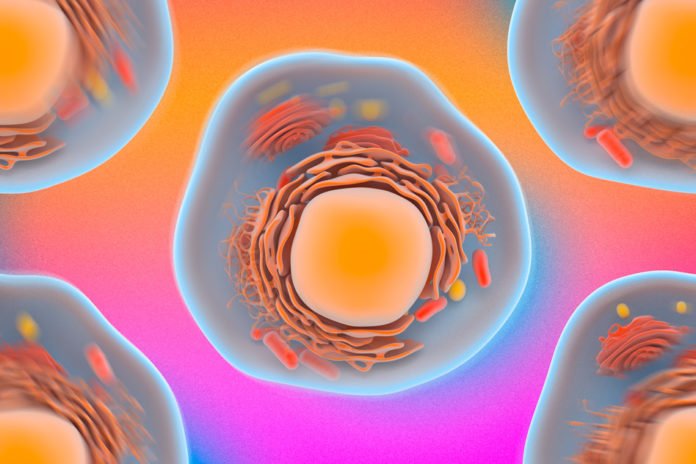The firmness or versatility of a cell can reveal lots of things about the cell. For example, its health. Likewise, the technique could also determine cancer cells as they are very soft than normal. Based on the functions, doctors can take a proper action to diagnose the disease.
Current techniques involve atomic force microscopes and optical tweezers used for probing cells are so expensive. The techniques make direct, invasive contact with the cells. So, to make the process easy, MIT engineers have devised a way to assess a cell’s mechanical properties simply by observation.
Scientists just utilized the standard confocal microscopy to focus in on the consistent, shaking movements of a cell’s particles. Unlike optical tweezers, the method for probing cells is noninvasive. But it also drives little danger of modifying or harming a cell while testing its substance.
Ming Guo, Professor in MIT said, “There are several diseases, like cancer and asthma, where the stiffness of the cell is known to be linked to the phenotype of the disease. This technique really opens a door so that a medical doctor or biologist would like to know the material property of cell in a very quick, noninvasive way.”
According to Stokes-Einstein equation, any particle motions must be due to the effect of the material’s temperature rather than any external forces acting on the particles. But the material should be in equilibrium.
By taking an example of a hot cup of coffee, Guo explained, “The coffee’s temperature alone can drive sugar to disperse. Now if you stir the coffee with a spoon, the sugar dissolves faster. But this system is not driven solely by temperature anymore and is no longer in equilibrium. You’re changing the environment, putting energy in and making the reaction happen faster.”
Similarly, in the cell, organelles like mitochondria and lysosomes are constantly jiggling in response to the cell’s temperature. In addition, there are many mini spoons like proteins and molecules stirring up the surrounding cytoplasm.
Due to this consistent activity in the cell, doctors find it difficult to discern by just observing. And thus this limitation causes to shut down the Stokes-Einstein equation.
But after closely looking to the cell within a very narrow timeframe, scientists found the particles are energized solely by temperature. They also exhibit a constant jiggling motion.
To test their hypothesis, the researchers carried out experiments on human melanoma cells. They injected small polymer particles into each cell and also tracked their motions by using a standard confocal fluorescent microscope. Then by adding salt to the cell solution, they varied the cells’ stiffness.
They observed, how the particles’ motions changed with cell stiffness. When they observed the cells at frequencies higher than 10 outlines for every second, most of the particles wiggling set up. This occurs due to the temperature alone. Only at slower frame rates, they spot more active, random movements. The particles were shooting across wider distances within the cytoplasm.
After comparing the calculations of stiffness caused by using optical tweezers, scientists found almost similar measurements. Their calculations matched up only when they used the motion of particles captured at frequencies of 10 frames per second and higher.
Guo said, “Now if people want to measure the mechanical properties of cells, they can just watch them.”
